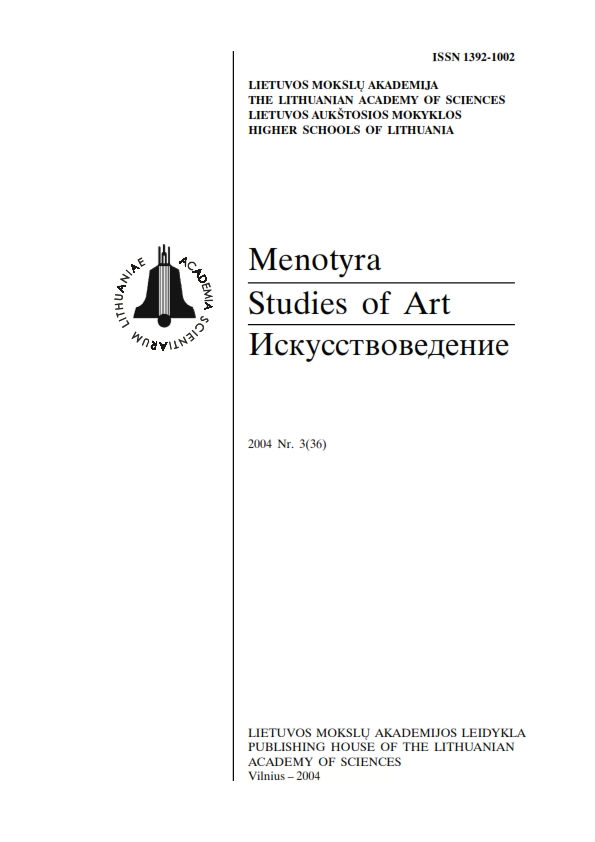Suvalkijos kryžiai
Crosses in Suvalkija
Author(s): Teresė JurkuvienėSubject(s): Christian Theology and Religion, Visual Arts, 19th Century, Pre-WW I & WW I (1900 -1919), Interwar Period (1920 - 1939)
Published by: Lietuvos mokslų akademijos leidykla
Summary/Abstract: The author attempts determining the characteristic features and spreading of crosses and other forms of folk architecture monuments in the Suvalkija region and discusses the attitudes towards them and their significance for the local population. Analyzed are the historical circumstances that determined the distinctive features of cross building in Užnemunė: decrees of the officials of tsarist Russia and the Soviet Union, which prohibited or restricted the erection of crosses, and independent Lithuania's cultural policies formulated in the interwar years and after 1990.The author presents a short history of the development of wooden folk architecture monuments in the Suvalkija region between the late 19th and early 21st centuries.In the late 19th and early 20th century, collectors of material on Lithuanian crosses treated Suvalkija as the least interesting region where poorly decorated crosses were dominant (simple crosses and small chapels placed on a tree trunk). No more or less specific material on such monuments was collected.In the 1920s and 1930s a number of crosses based on the "national-style" concept, which was then advanced, were erected by active public and religious organizations of the region. Among such pieces distinctive is a group of structures accomplished by local artists on the basis of drafts made by professional artists. The drafts had been created taking into account the recommendations by figures of culture rather than the local traditions of Suvalkija. Consequently, crosses of this period have stylistic features intentionally transferred from other regions, primarily Aukštaitija and Dzūkija. The concept of the cross that was developed in the interwar years in Suvalkija was persistent throughout the Soviet period and remains important to the present day.With the re-establishment of independence, an extensive rebuilding of the smashed down and decayed crosses started in Užnemunė. The monuments were rebuilt in two ways: restoring them in the former fashion (very precisely or partially) or erecting crosses of a new form in the same place. In the latter case, the crosses would not only reflect the intention of the former cross and inherit certain inscriptions, but also were frequently dated and conceived as the original ones. Such a phenomenon shall be viewed as the extant trait of traditional cross-making: the intentions and the contributor were more important than the form of the cross or the artist's role in the process of building.Over the recent decade, a number of new wooden crosses and other folk monuments have been erected in Užnemunė. These structures exhibit clear marks of present-day cross-making, which are characteristic not only of Suvalkija, but also of other ethnographic regions. Along with the crosspieces of traditional forms and purpose (in addition to the heritage of the region up to the 1920s, they include also "national" crosses from the interwar period), the religious-purpose structures in the style characteristic of the Soviet period and associated with secular monuments are being built. Such pieces not only bring new plastic forms in the cross-making tradition of Suvalkija, but also markedly transform the concept of a traditional folk memorial.
Journal: Menotyra
- Issue Year: 2004
- Issue No: 3(36)
- Page Range: 56-64
- Page Count: 9
- Language: Lithuanian

